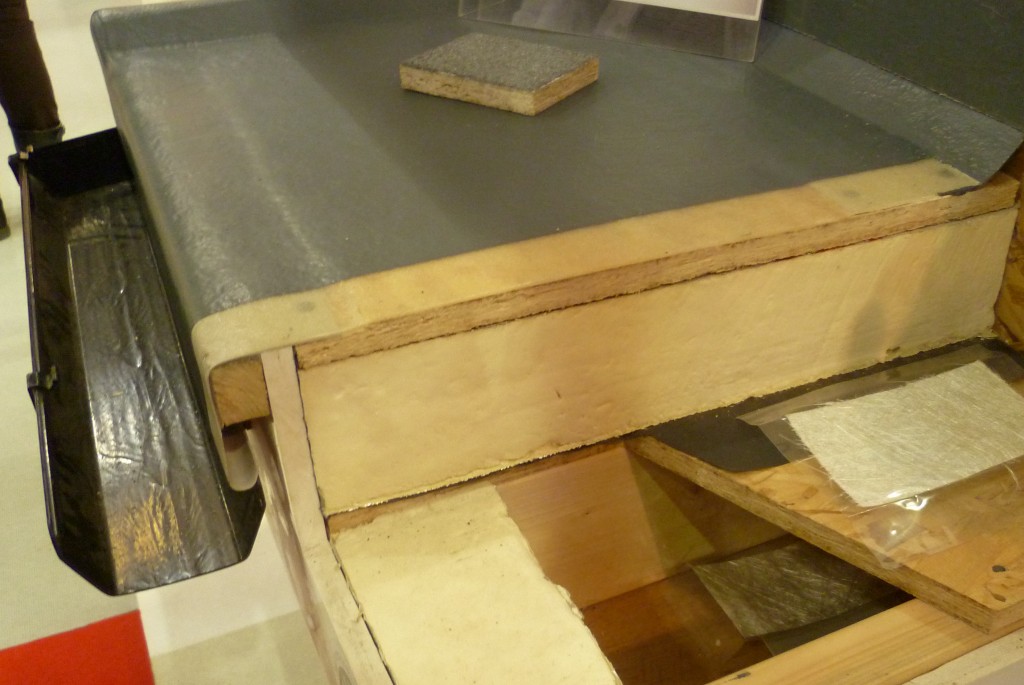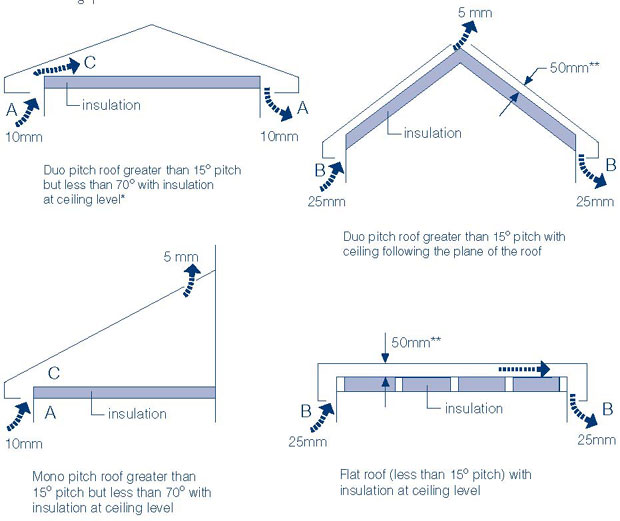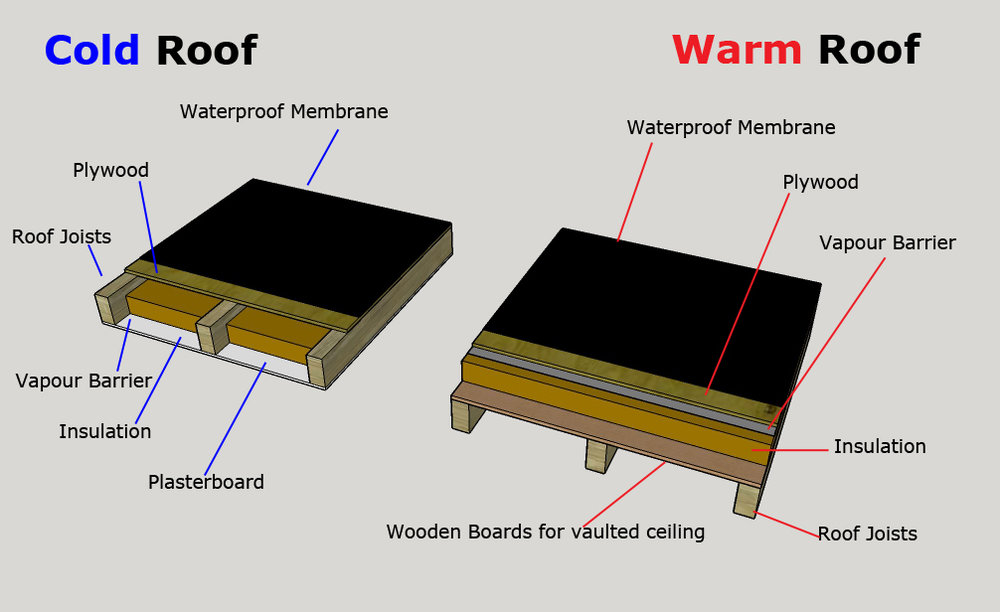A thermal layer of fibreglass polystyrene or other insulating material should be inserted either above the roof decking the warm roof model which is suitable for homes or permanent residences.
Warm roof insulation building regs.
No ventilation is required for these types of roofs.
Throughout the course of the year the roof deck and all below it is kept at a temperature close to that of the inside of the building therefore the roof structure is protected from extremes of hot and cold lessening the potential for.
There are two ways to insulate a roof.
Since the government laid out new thermal and insulation regulations in 2010 it has emerged that warm roof systems are the best way to meet the required standards.
Or else on the interior of the building just.
Again the thickness will vary depending on the material you choose to use.
A letter dated 30th july 2013 and issued by the department for communities and local government.
The roof deck is kept at a temperature similar to the inside of the building throughout the year and this protects the roof structure from the hot and cold extremes cutting down the thermal movement.
These are expressed as a u value which needs to be achieved.
Warm deck this is where the insulation is placed on top of the rafters joists and the roof covering is then placed over the insulation.
Cold deck this is where the insulation is placed between the joists rafters or in between the ceiling joists in the case of a pitch roof.
In certain circumstances an existing conservatory or porch can no longer be considered exempt from the requirement of building regulations if the amount of glazing in either the walls or roof is significantly reduced by further work or.
These are can be supplied with rebated edges which interlock reducing the risk of uplift.
The insulation for a warm roof will usually be boards of extruded polystyrene or rigid compressed boards of glass fibre or rock fibre.
Building regulations standards set the levels of thermal insulation required when carrying out building work either for new build or refurbishment projects.
Thermoplastic or elastomeric are the most effective and should extend up adjacent walls at least 150mm from the roof surface.
Your conservatory roof exemption may no longer apply.
In warm deck roofs however the insulation is positioned above the structural deck and no ventilation is necessary as a result.
The insulation material for a warm flat roof should.
Insulation in a warm roof.
If the roof has no ceiling then the insulation can be placed between the rafters and ventilation maintained as described above in which case the ridge should also have vent tiles installed to allow for through.
For optimal thermal efficiency this is by far the best option of the two.
Insulation can be placed between the ceiling joists.



























